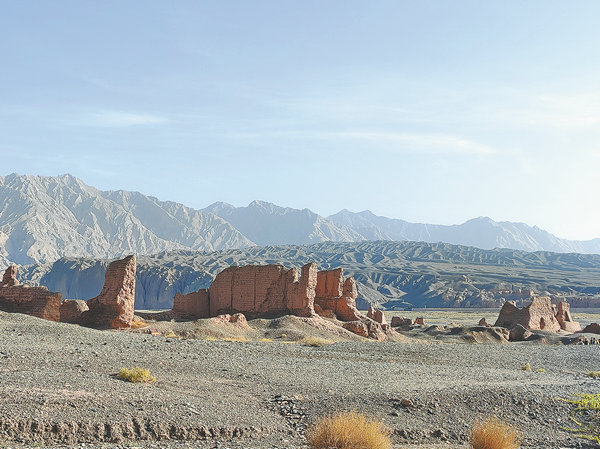Heritage faces growing weather threat
By Wang Ru | China Daily | Updated: 2023-12-09 11:22

In September, when UNESCO Director-General Audrey Azoulay visited Zhoukoudian in suburban Beijing, which is famous for the discovery of Peking Man, who lived between 700,000 to 200,000 years ago, and was one of the first specimens of Homo erectus to be found, she was full of praise for the structure that successfully protected Yuanrendong Cave from an unusual rainstorm in July.
The karst cave in the central area of the site has so far revealed the fossilized remains of 40 individuals.
The structure protects the site from the weather, including heavy wind, snow and hail, and its design coordinates with the surrounding environment, Qin Changwei, secretary-general of the Chinese National Commission for UNESCO, said at the 2nd World Cultural and Natural Heritage Forum in Beijing on Nov 17 and 18. "It provides a reference for the protection of precious cultural relics, and suggests measures for helping heritage sites respond to the influence of climate change."

Organized by the World Heritage Institute of Training and Research for the Asia and the Pacific Region under the Auspices of UNESCO (Beijing), the School of Archaeology and Museology at Peking University, and the China Foundation for Cultural Heritage Conservation among others, the forum brought together some 50 professionals to discuss the protection and sustainable development of heritage sites.
Scholars elaborated on the influence of climate change on heritage sites, and offered suggestions for how to cope.
"Entering the 21st century, climate change has been the subject of in-depth discussion by the UNESCO World Heritage Committee. Questions like how to balance between humans and nature, how to respond to natural disasters caused by climate change, and what new challenges this brings to World Heritage Sites, are worth consideration," says Qin.
"Addressing the issue requires multi-sectoral and interdisciplinary cooperation, making full use of cutting-edge technology, such as space and digital technologies, and jointly developing risk prevention and response plans," he adds.
























